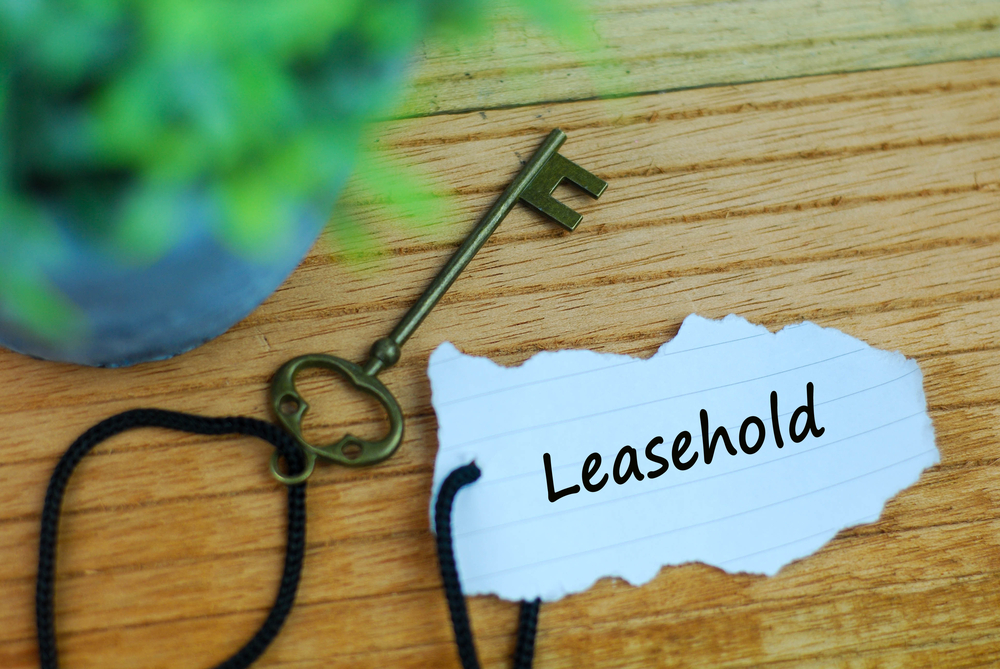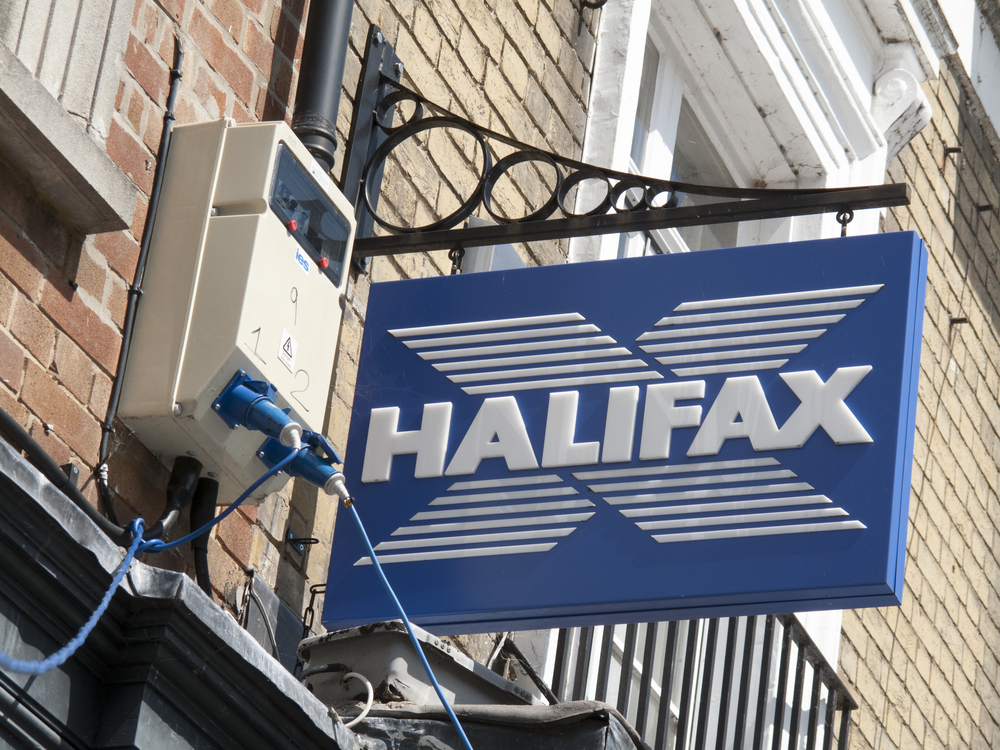This week and next is the Environment Agency’s annual Flood Awareness fortnight (#floodaware).
It coincides with the 15th anniversary of the devastating floods that affected large areas of England and Wales in 2000 and was the wettest autumn since records began.
The Know Your Flood Risk campaign is encouraging consumers to research into their potential risk of flooding, in addition to championing the importance of making homes resilient, if deemed to be at risk of flooding.
 Mary Dhonau OBE (pictured), chief executive of the Know Your Flood Risk campaign, said: “This week marks the 15th anniversary of the 2000 floods, in which vast swathes of the country were faced with devastating floods – including my own home. Yet still many people are not researching their risk or putting any measures in place to make their home resilient, should they find they are living in an area that is considered to be at real risk.”
Mary Dhonau OBE (pictured), chief executive of the Know Your Flood Risk campaign, said: “This week marks the 15th anniversary of the 2000 floods, in which vast swathes of the country were faced with devastating floods – including my own home. Yet still many people are not researching their risk or putting any measures in place to make their home resilient, should they find they are living in an area that is considered to be at real risk.”
In February this year, the Know Your Flood Risk Campaign commissioned a YouGov study that identified a lack of awareness over flood planning with only 20% of people checking flood risk before moving into a new home. This is in spite of an increasing number of flood events.
Flood Re
Dhonau continued: “While the Flood Re reinsurance scheme is anticipated to commence in 2016, which will ensure ‘high risk’ households can continue to obtain appropriate insurance, people should not be complacent.
“Yes, Flood Re will provide peace of mind to those at high risk but it should not be thought of as a ‘get out of jail free’ card. You still need to still look seriously about taking steps to reduce the risk of being flooded, in order to save on the appalling misery that it brings with it.”
Future projections
To add to this, the Committee on Climate Change Adaptation’s (CCCA) recent projections of future flood risk for the UK shows that the number of UK homes in significant risk areas (1-in-75 annual chance of flooding or greater) is set to increase from 860,000 to at least 1,300,000 by 2050.
Dhonau added: “Flood risk is set to worsen across our country and so it is vital that both government and homeowners do all they can to prevent and protect homes from future risk. When my home first flooded 15 years ago, I was very lucky to have help from my insurance company, however, we were displaced for nine months.
“Having endured the tremendous upheaval, I put measures in place to reduce the flood risk to my home using flood resilience techniques. This meant that when flooding occurred again in 2007, I didn’t need to make an insurance claim and we lived upstairs for only three weeks.
“Whilst this was not a picnic, it was so much better than nine months. That is why I am so evangelical encouraging people to be aware of flood risk but also to think about using flood resilient measures to the reduce the impact and misery being flooded brings with it.”
Advice
To download a copy of its free Guide to Flood Recovery or The Home Owners Guide to Flood Resilience, visit www.knowyourfloodrisk.co.uk.
A free-to-download Flood Risk mobile app is also available to quickly assess whether a postcode is considered to be at risk of flooding. To download the app from iTunes, click on: https://itunes.apple.com/app/id941612469.










 Buy-to-let
Buy-to-let











